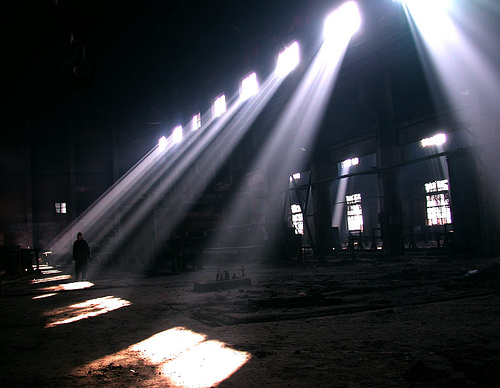Minimum wage increases in northeast China struggle to keep up [1]
26 November 2015After nearly three years without any change, the north-eastern province of Heilongjiang finally increased its minimum wage [2] on 1 October this year. The monthly rate in the provincial capital Harbin now stands at 1,450 yuan, while the rate in smaller cities such as Yinchun is still only 1,030 yuan per month.
The neighbouring provinces of Jilin and Liaoning meanwhile have yet to announce any plans to increase their minimum wage levels which have remained at 1,320 yuan per month and 1,300 yuan per month respectively since July 2013.
China’s Minimum Wage Regulations, issued in 2004, recommend that each province adjust its minimum wage at least once every two years.
So far this year, at least 25 of the 32 provinces and municipalities with the right to set their own minimum wage have announced increases, with the highest rates currently in the coastal cities of Shenzhen, 2,030 yuan per month, and Shanghai, 2,020 yuan per month.
Jilin and Liaoning will be under pressure to follow suit but with stuttering economic growth, low wages generally and low inflation, any increase is likely to be marginal at best.

Abandoned factory in Liaoning. Photograph by Sonya
Northeast China has struggled for decades to adapt and move away from its reliance on natural resources, heavy industry and state-owned enterprises. Now, with the continued economic slowdown and a sharp decline in oil and coal prices, the region is finding it even harder to shake off its malaise [3].
The largest coal mining company in northeast China, the Longmay Mining Group, for example, announced plans in September this year to lay off 100,000 employees [4], about 40 percent of its current workforce, further adding to region’s problems.
